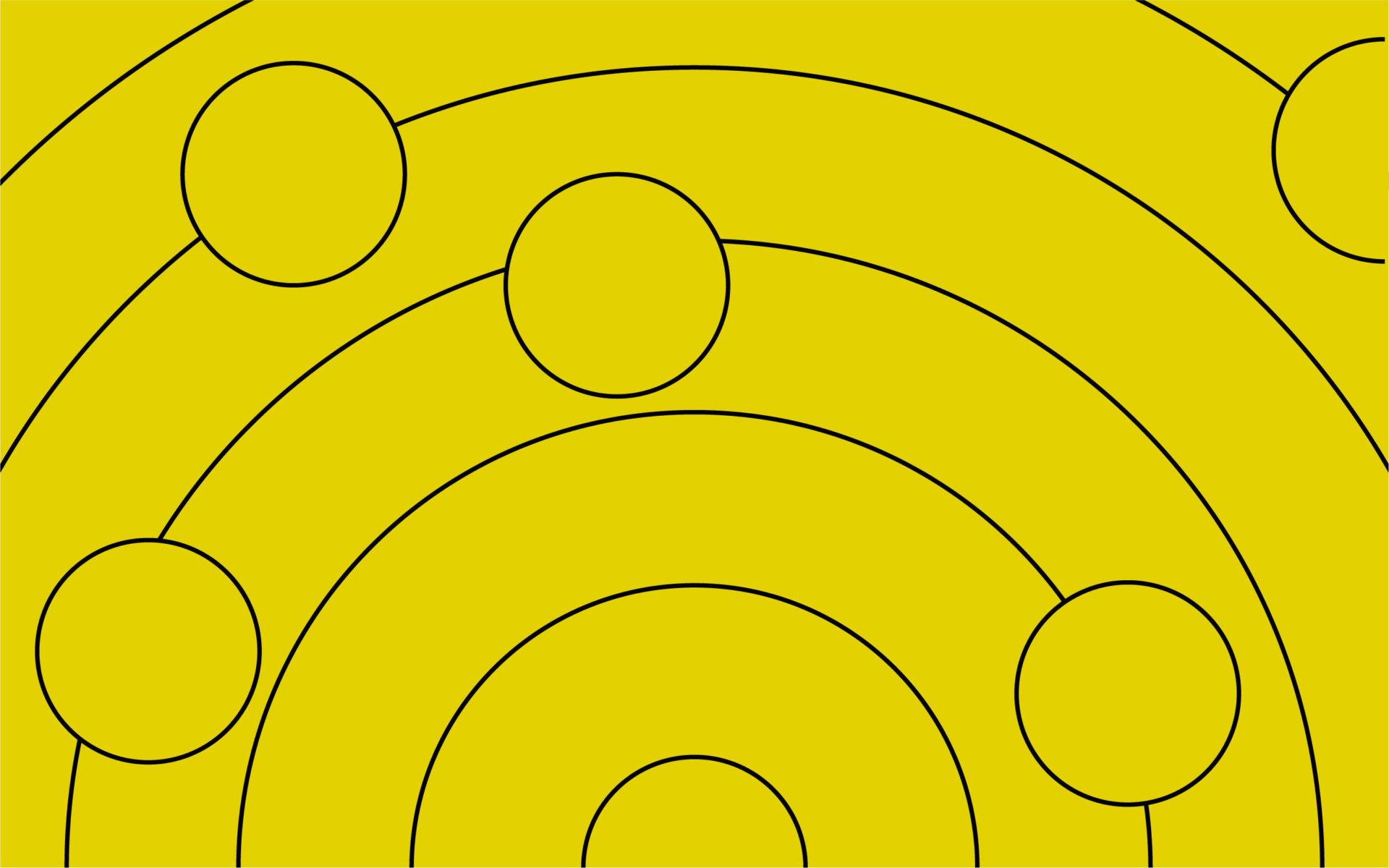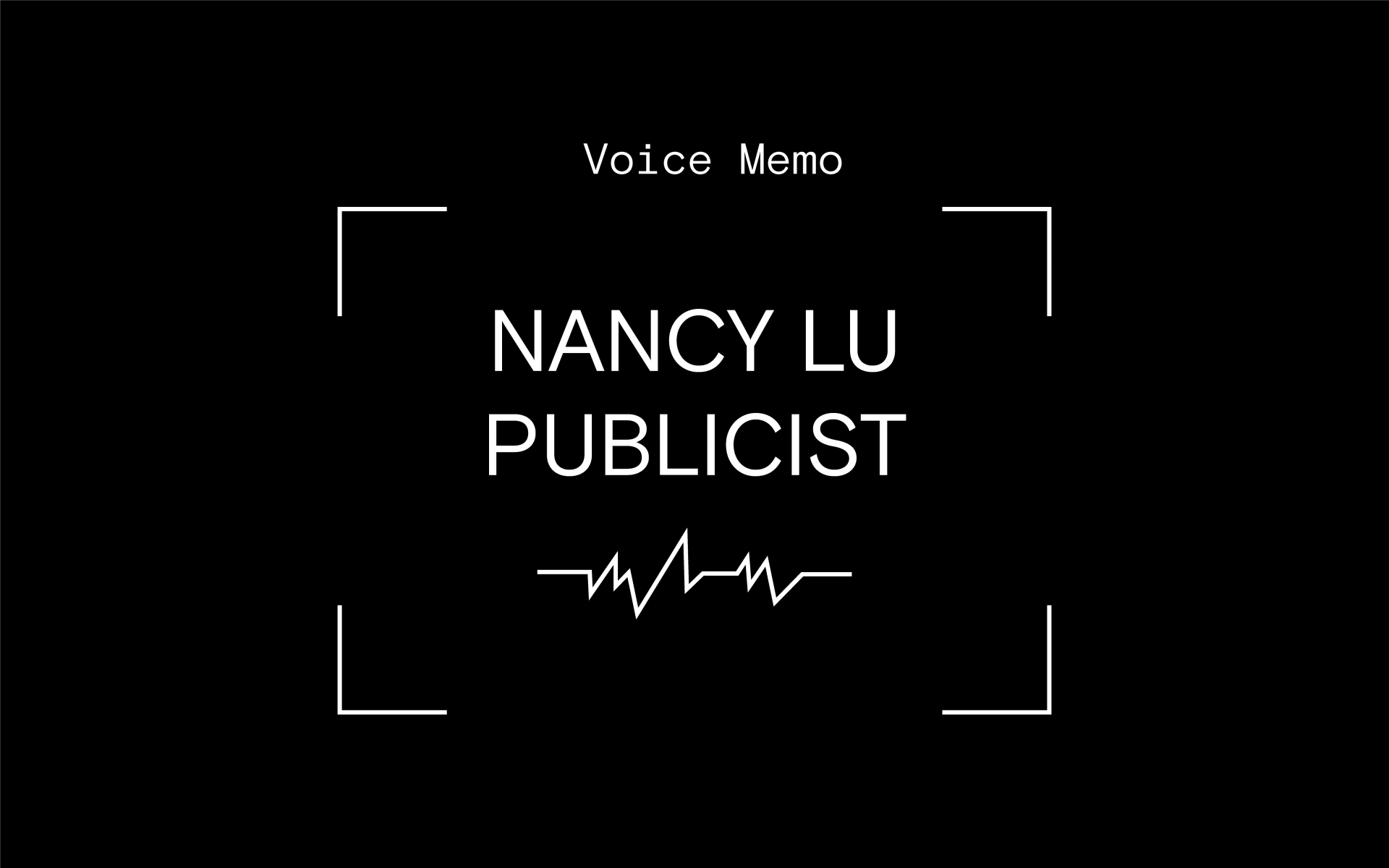With financial security comes the time, space, and resources to maintain your creative growth. For many independent musicians, this foundation is built on a balance of touring revenue, merch sales, and streaming dollars.
But with traditional touring on hold, artists are exploring new paths for revenue beyond conventional means. By adapting a flexible model across multiple revenue paths and enterprises, a working artist can find opportunity in a broader and greater landscape.
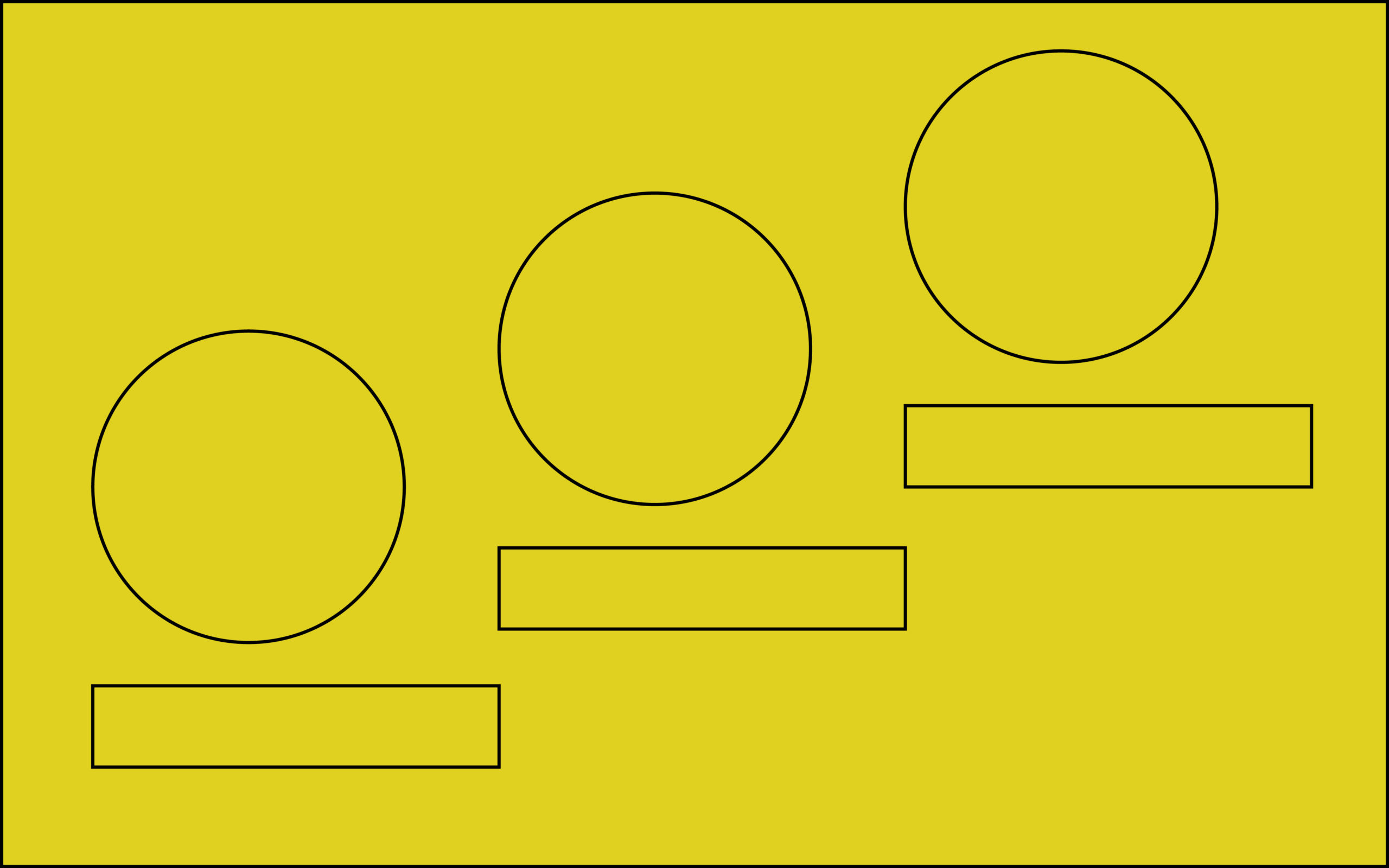
Since 2013, Patreon has been a testing ground for artists seeking this autonomy, buoying musicians with a subscriber-driven model that fortifies their relationship with fans, reinforces the value of their work, and empowers their creative and commercial decisions.
It’s a model that’s drawing a bit of attention. Patreon’s seen a 150% increase in membership among musicians since mid-March, as they seek to recoup lost touring dollars and build a structure that has yet to be determined by the ongoing pandemic.
Creator Partnerships associate Tom McNeill explains more about the value a platform like Patreon can provide artists in this moment and long-term.
This conversation is the first in an ongoing series by Level devoted to exploring alternative revenue models and enterprises for independent artists.
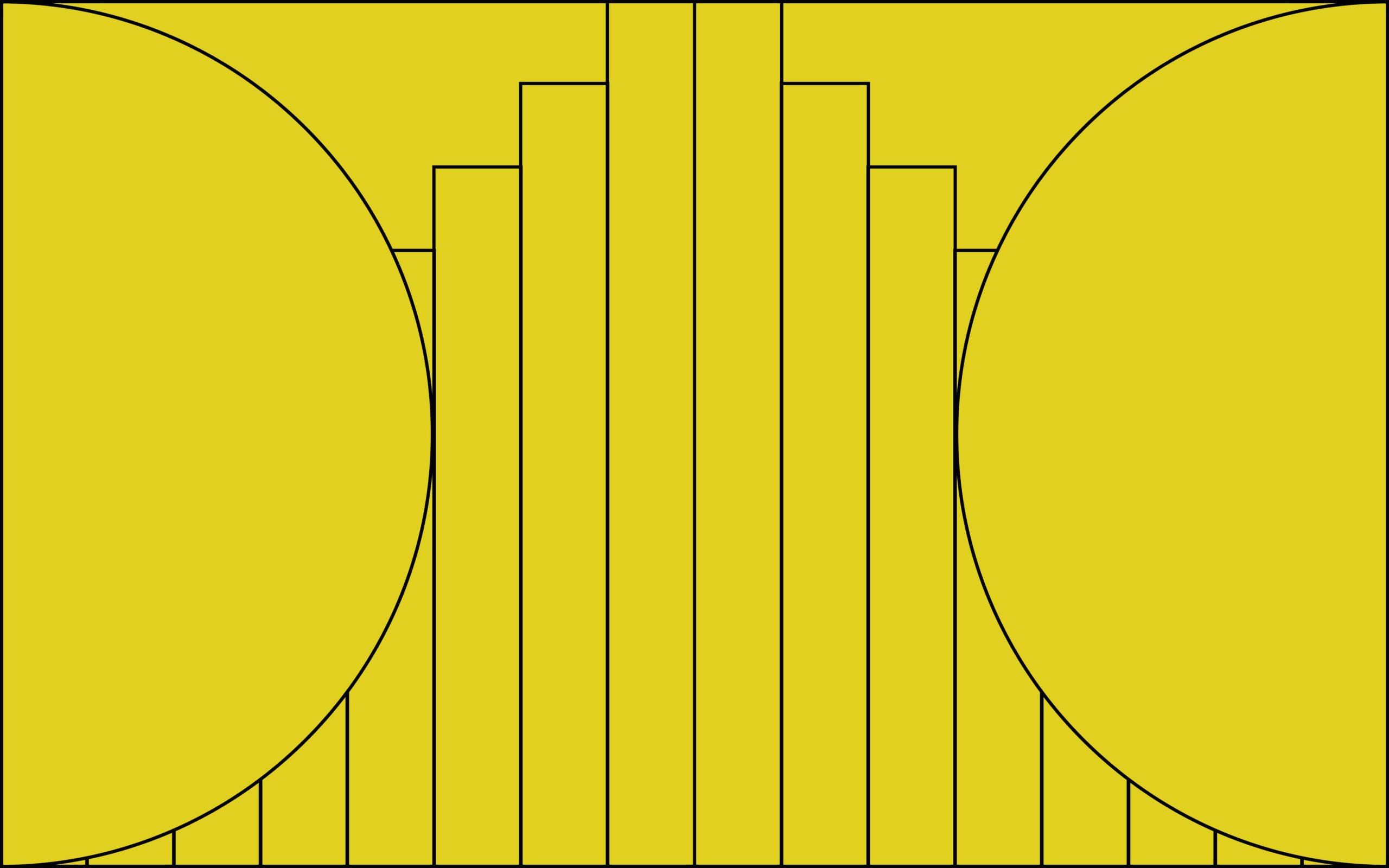
What are the offerings that musicians are providing for their fans on Patreon that fans aren’t getting elsewhere?
Tom McNeill: The way that I’ve talked to musicians about their Patreon is setting up something that feels somewhere between a fan club and a backstage experience, like giving a Triple-A pass into what their world is like. The things that you’re creating are ones that you should really enjoy delivering; you’re not trying to beat an algorithm, you’re just trying to connect with people who are already invested in your success and who you are.
This moment is creating time and the will for artists to share things that they just don’t have the time and energy to do necessarily when they’re on the road. And that’s leading to this huge resource of creativity and enterprise.

What are the sort of questions artists should be asking themselves when they’re planning out a Patreon? Is the foundation just these behind-the-scenes clips, outtakes, or demos that need a place to go?
TM: What I ask musicians when they’re launching is: What do you enjoy doing? What is the thing that you really love? The key to a healthy Patreon is that the artist looks forward to doing those things.
Also, what do their fans love? What are the things that really worked for them? A great way of starting out is to just ask your fans “I’m thinking about launching a Patreon. Would you be down for that?” And people say yeah, and then they start suggesting things that they’d like to see.
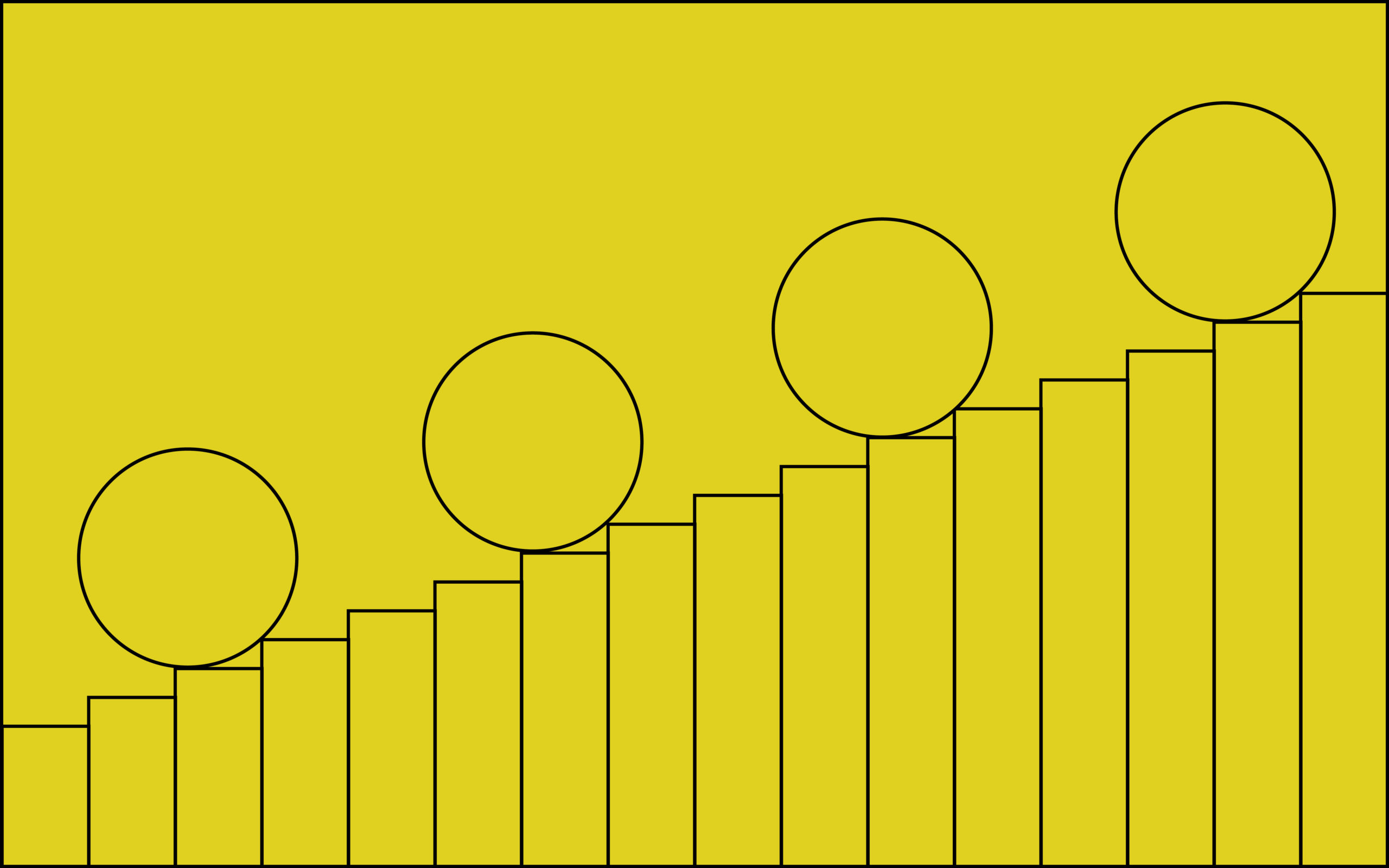
So, Patreon can help an artist serve their existing audience. How can artists use Patreon to grow their audience?
TM: We see really healthy Patreon pages growing with artists who don’t have the biggest fan base in the world, but a really committed one. In terms of audience size, that’s definitely not a barrier to getting started.
There’s various people who I’ve watched grow over the course of even just this year who decided that a Patreon was a smart thing for them to be doing and was a smart way for them to be framing their work: Their work having value. Regardless of whether you’re a stadium musician or you’re a new musician, your work has value.
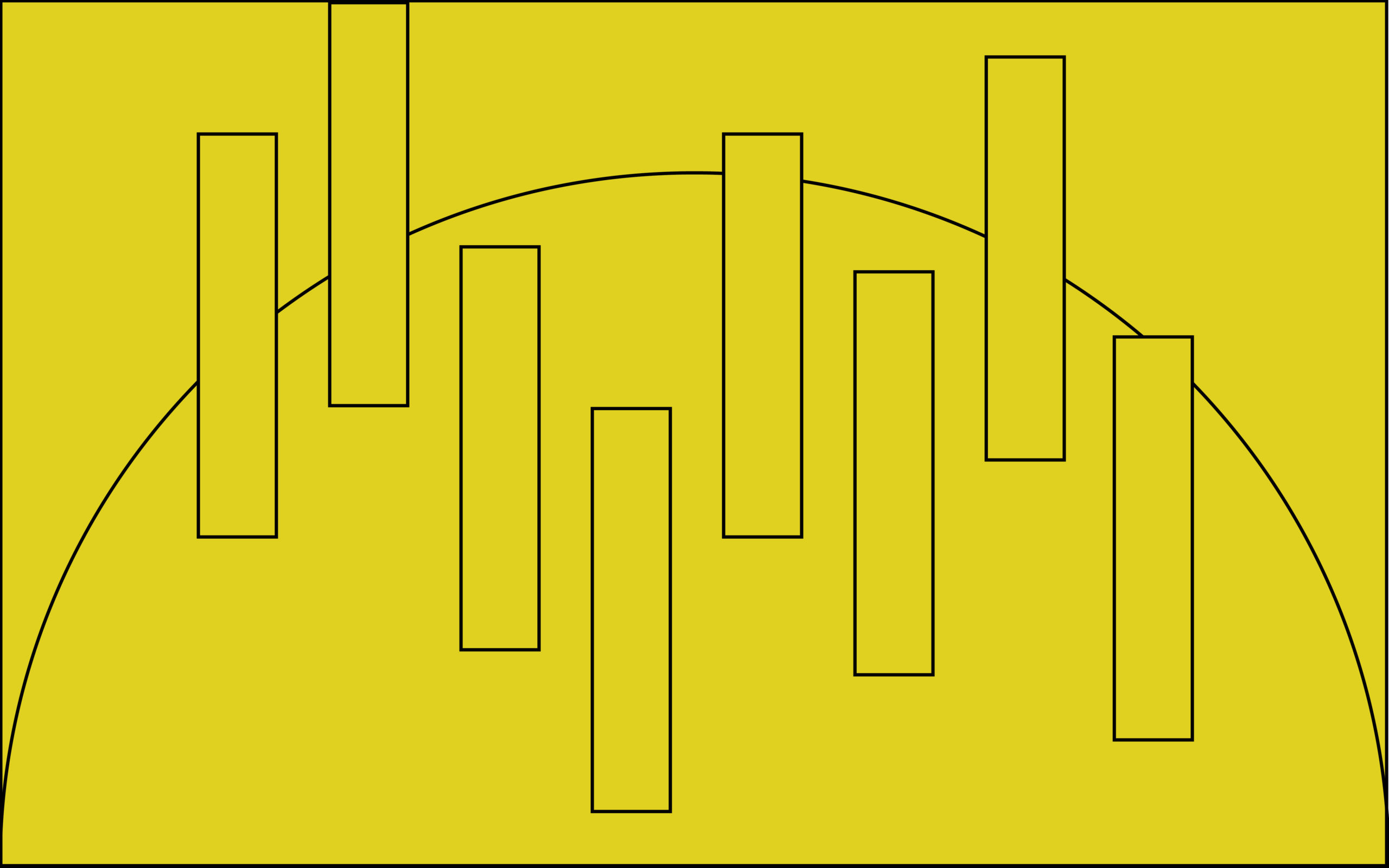
Culturally, we seem to think of success in entertainment — particularly in music — as starting out unsigned, getting to a record label, charting, and becoming a major name. How does Patreon see itself in relation to that idea of success?
TM: So much of success as we experience it has to do with having creative control and having the opportunity to make decisions that we believe in. By having a membership system in place, you are able to speak directly to the people who care most about you as an artist without anyone standing in between. It ensures that whatever your creative direction is now and in the future, you have that ownership at your disposal.
Previously, you had to have the backing of record labels or publishers, promoters, agents — basically the buy-in before you could start really reaching an audience where the financial numbers were gonna make sense. But now artists are starting to build three to five figures of revenue per month with the support of a few hundred fans.
The ability to have a predictable, recurring revenue on your terms, independent of other industry forces, is huge. A lot of people are learning really good habits at this moment, but they’re learning because everything else has been taken away and they realize it’s them that’s standing there.
It’s just game-changing in terms of competitive dynamic. By giving them these opportunities to really own those decisions and relationships, they’re able to accelerate at a rate that previously wasn’t available to them. So, yes, the competitive landscape is shifting, but so too are the rules of the game.
This conversation has been condensed and edited.



